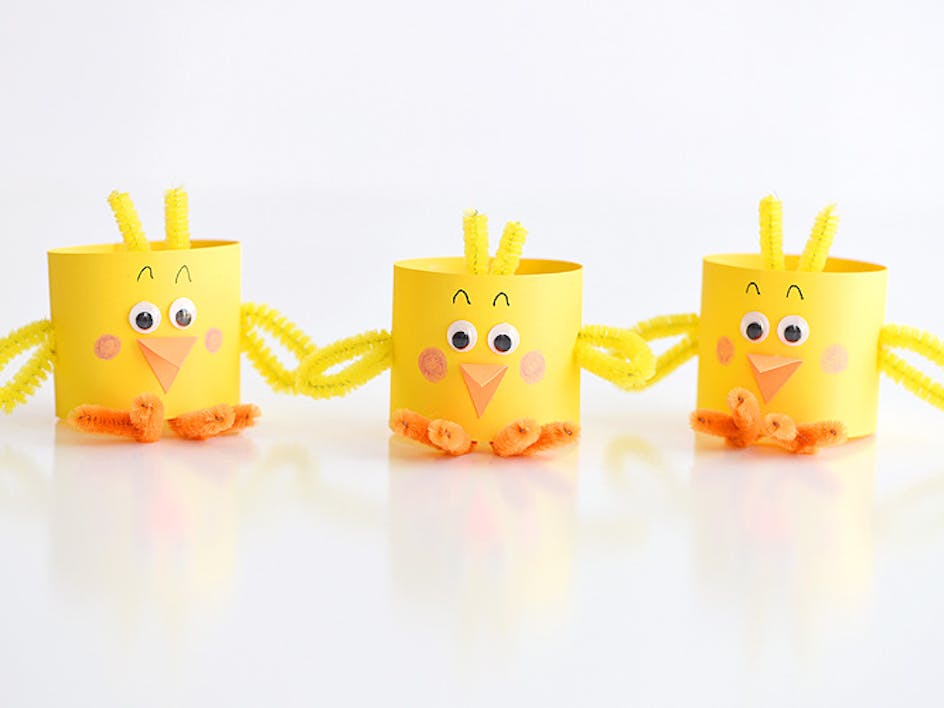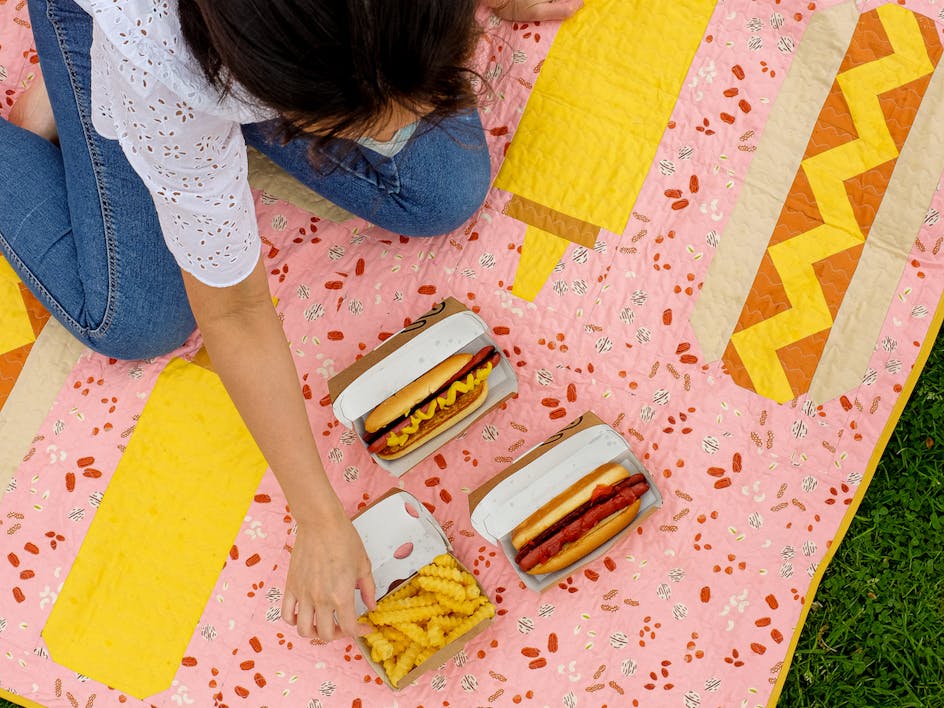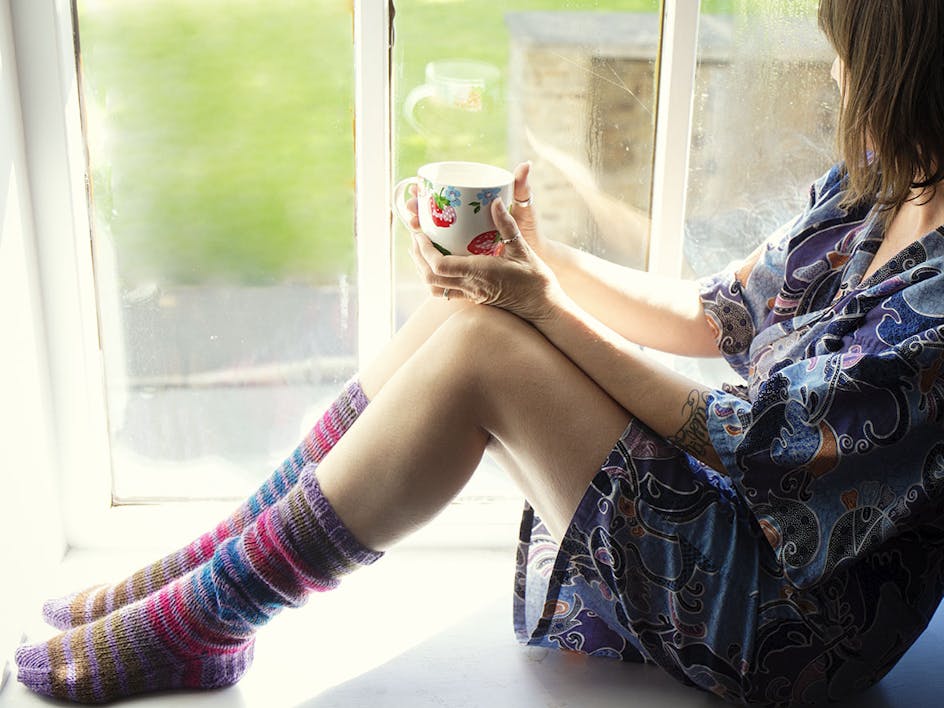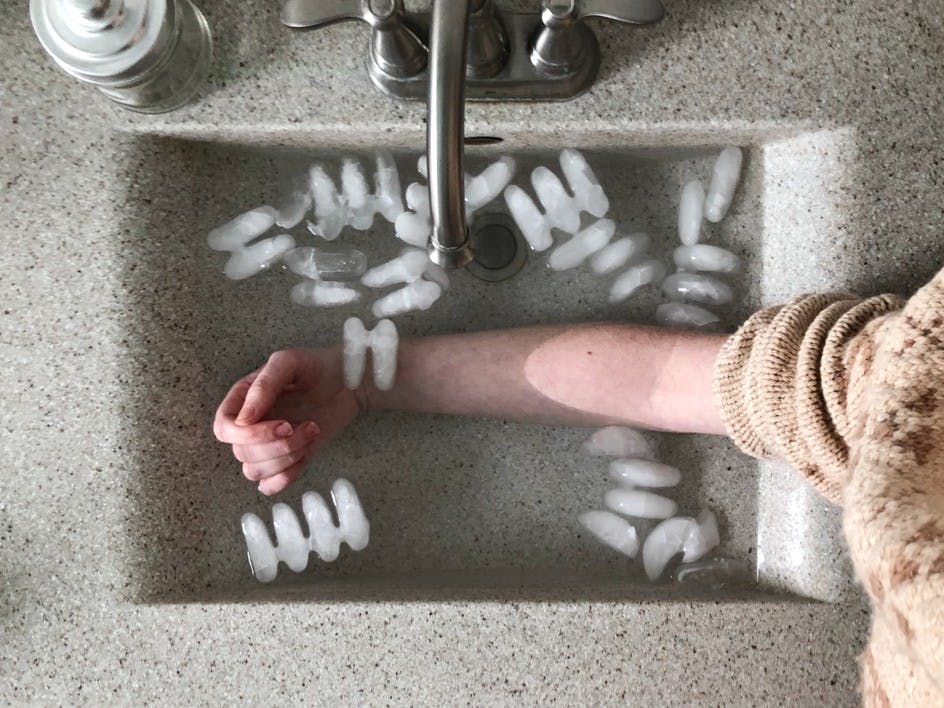How to nail your pattern writing: our top tips!
Published on April 20, 2023 9 min read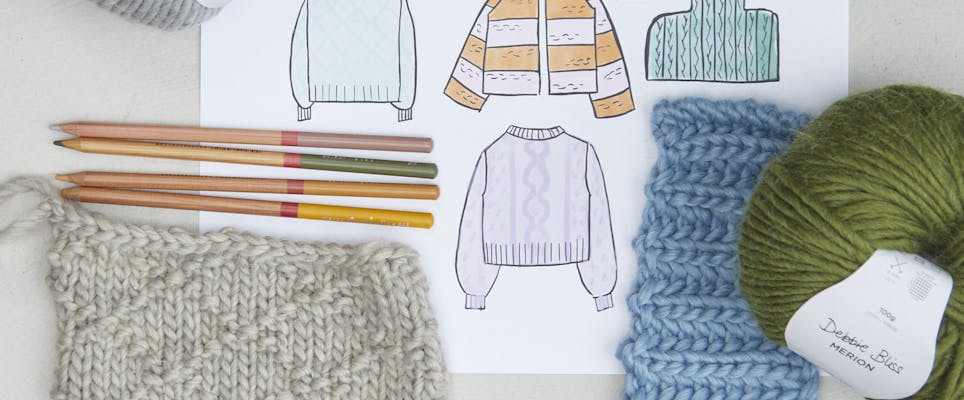
There's nothing better than a project that flies off the needles. And that all starts with instructions that are easy-to-follow stitch by stitch. Read one to discover our top tips for pattern writing so makers aren't left befuddled and are instead looking to your patterns for their next project too!
The knitty gritty: our pattern writing criteria for PDF patterns
We love patterns of all shapes and sizes but we have a few key requirements to make this the best place to browse and buy patterns. Some of them might sound obvious, but we just want to make sure we’ve covered all areas.
The Do's
- Convert patterns into PDFs. The maximum PDF size is 100MB.
- When you upload your pattern, make sure to fill in all the details and don’t forget to tag which language is featured.
- Include high-quality images of the final project - this is a real selling point to makers looking to be inspired by the results they can achieve!
- We have makers from around the world, so if you can, please do make your patterns internationally friendly! Including things like imperial and metric measurements for materials and needles and stating which country’s knitting/ crochet terms you have used are great ways to make your patterns more accessible.
- Include the recommended gauge/tension – this information is super useful to your customers as it helps them to replicate your sizing, as well as choose the right yarn weight and needles. If you feel that gauge is less important in your pattern, please just state the gauge you worked to so that customers can feel confident their project will look similar to yours or can make alterations if needed.
- Include the approximate amount of yarn needed. While we do love a stash-busting project, everyone's is a little different so this is important to help people replicate your design. Ideally this would be stated in yards or meters and do recommend a specific brand and line of yarn, plus the number of balls/skeins needed. This will help your customers decide if they have enough yarn already or need to buy a little bit more for their stash.
- Add a glossary of stitch and term abbreviations used in the pattern (don’t forget to state which country’s knitting/crochet terms you have used).
- Format your patterns so they’re attractive and easy to follow. Choose an easy-to-read font and have headers for different sections of the pattern. Why not develop your signature ‘pattern style’ before you start out? Once you have your pattern style it’ll be so much easier to replicate for each new pattern you design!
The Don't's
- Go crazy on the advertising! It can distract makers from the project they're focussing on.
- Include advertising of other products and services not sold through our website.
- Include any content you don’t own the copyright to, such as other people’s designs.
- Include blank pages. Think about how the pattern will print if customers choose to do so – plus it helps save the planet!
- Add links to your description. Why not direct your customers to your personal website or blog? Plus you can add links to your designer profile here.
- Use language or terms that are offensive or inappropriate. You can read more about what we consider appropriate here.
How do I reduce the size of my PDF?
Oh boy, ever slaved over a word doc, saved to PDF and realized it’s HUGE?! We hear you. If your PDF is over 100MB, a good way to reduce its size is to compress the images inside. Most word processing programs include tools to help you with this. Or there are loads of awesome free tools available online for image compression, our personal fave is Image Optimizer. You can also compress entire PDFs, with free online tools like SmallPDF.com.
Pattern writing templates
If you are new to writing knitting or crochet patterns, or are looking for a way to optimize your pattern PDFs, you may find these templates handy.
Use the attached templates as a guide for how to format and layout your patterns – you won’t be able to fill in the attached templates themselves, rather use them as inspiration for what you could create within your own word processor or creative suite.
Download the crochet pattern template.
Download the knitting pattern template.
Naming your patterns
When it comes to naming your patterns, there are a couple of things you should think about before you rush ahead to get them uploaded. When customers search the website for a pattern, the algorithm takes into account both the pattern name and the pattern description, which means you don’t need to stuff your pattern name full of keywords - leave that good stuff for the description! So how exactly do you go about making your patterns as discoverable as possible? Well look no further!
- The first thing to think about is coming up with a unique pattern name. If you name all of your patterns ‘Baby blanket’ the website will register them as duplicates and your patterns will be harder to find, and in some cases won’t be found at all! If you are at a complete loss for a super creative name for a pattern, think of names of your friends, or a street you’ve lived on, or a place you have enjoyed visiting, these can make excellent pattern names. It’s worth searching for your chosen name first to avoid publishing a pattern with a name which has already been used several times.
- Avoid using special characters like /, \, ‘, ” in your pattern names. These are functional characters in urls and could cause problems with links to your patterns. Eek, we don't want that!
- Naming a pattern with lots of descriptives, e.g.“Baby Blanket, Christening Shawl, Heirloom Blanket, Baby Blankie” isn’t the best way to get your pattern discovered on Lovecrafts. Our search engine reads both the title and description of a pattern, and it’s much better to use a short name and add the majority of keywords in the description. You should always include what the actual pattern is; for example, instead of naming a shawl simply “Mystic rose,” you should call it “Mystic Rose Shawl.”
Pattern descriptions
The description is your sales pitch - you have 1,000 characters to convince the customer to download your pattern. The description also helps you appear in internet and site-wide searches, so if your pattern has more than one language, add that in your description! You’re not able to add links to your description, but if you want to link to your personal website or blog, you can do that on your designer profile here.
Catch the customer’s eye, and then provide them with everything they need to know in order to decide if it’s the pattern for them. That means adding details like skill level, special techniques and charts. . Recommending them materials and how much to buy is also a great way to get your customer to buy your pattern!
Our site search engine takes the text within descriptions into account when a customer is searching for patterns. For example, a baby blanket pattern using chevron stripes should have these keywords in the description, but just listing the words one after the other in order to appear in search results won’t be very engaging for your customer! Try something more like this:
Imagine being wrapped up in a cozy blanket, drifting away to sleep, listening to the gentle sound from waves rolling onto the shore… The August blanket is designed to bring dreams about sailing the high seas and becoming an astronaut to little ones. Knitted in super-soft yarn, you can knit your own dreams into the blanket and add new colors as you please.
Skills needed for the blanket are knit, purl, increase and double decrease (explained in the pattern). MillaMia Naturally Soft Merino offers a wide range of colors for you to choose from. The chevron pattern and the stripes can easily be modified.
Test knitting
Your patterns don’t have to be test knitted/crocheted before you list them for sale on our site, it’s totally up to you to decide how best to ensure that the pattern doesn’t have any errors and is easy to follow. Errors often lead to customers requesting pattern refunds (which will be deducted from your next month’s sales) and can be potentially harmful for your success as a designer if they crop up often.
If you do want to get your patterns tested before you published them on LoveCrafts, social platforms like Instagram can be great places to reach out to the community and ask for volunteers to knit or crochet your patterns and give you feedback.
Does my pattern need tech editing?
Technical editing, or tech editing, is a super important part of publishing a pattern. Before you launch your fabulous new design out into the world, you need to make sure that every single stitch works and is in the right place – and this is the job of a tech editor.
It’s an important part of the design process because a pattern with errors may affect your future sales or encourage negative reviews. Our Smiles team are reviewing queries about patterns every day, and patterns with errors are disabled until those errors are fixed.
What is appropriate to upload?
LoveCrafts is founded on the values of kindness and love. We want to build a home for all makers around the world and in that home, there is no room for hate. Period. We don’t allow hateful content, or content that a significant number of our community will find offensive on our site.
What do we mean by offensive?
If a word or phrase has been used multiple times as a slur or in a discriminatory manner, it would be termed as offensive. The use of offensive terms, even unknowingly or unintentionally is not permitted. You can read our designer terms and conditions here, which allows us to remove anything we consider threatening or inappropriate. We will listen to our customers, and do our own research and come to a decision. If it is found to be offensive, we will disable and message the designer asking to change the name. If the designer does not change the name, the pattern will remain disabled.
If you'd like to read more about what we’re doing to try to make all of our makers feel seen and heard, you can read our policy here.
